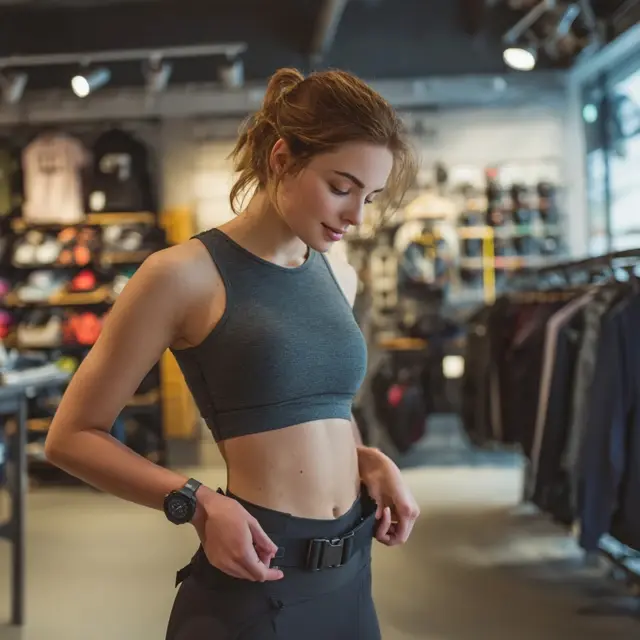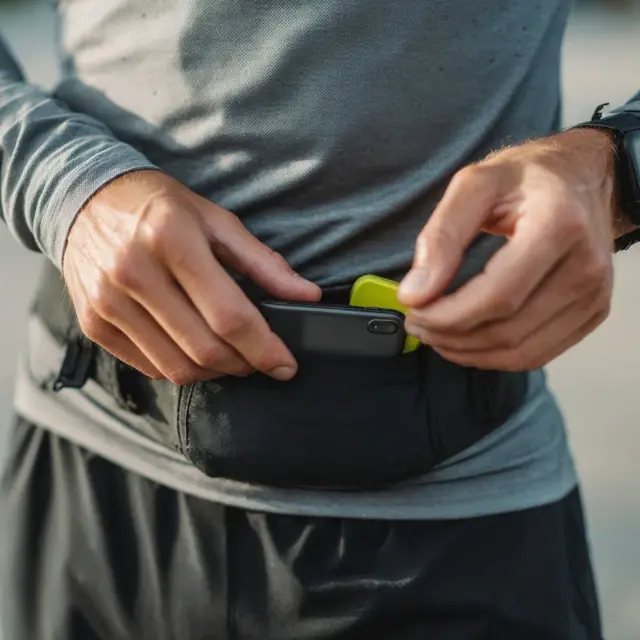Running Belt Size Guide: How to Find Your Perfect Fit
Choosing the right running belt starts with getting the perfect fit. A belt that’s too tight can feel restrictive, while one that’s too loose may slip or bounce. This guide will walk you through how to measure correctly, understand sizing options, and select the best belt for your running needs.
Why Fit Is Critical for a Running Belt
The right fit ensures comfort, stability, and better performance. An ill-fitting belt can cause chafing, affect posture, or even distract you enough to cut your run short. By finding your correct size, you’ll enjoy secure storage without sacrificing comfort.
Step 1: Measure Your Waist or Hips
Most running belts can be worn either on the waist or hips. Decide where you’ll wear it, then measure:
- Use a soft measuring tape.
- Measure over your running clothes for accuracy.
- Record the measurement in inches or centimeters to match brand charts.
Step 2: Compare to Size Charts
Every brand has its own sizing guide. Common categories include:
- Small: 24–30 inches
- Medium: 30–36 inches
- Large: 36–42 inches
- Extra Large: 42+ inches
Always check the manufacturer’s chart before buying, as sizes can vary between models.
Step 3: Adjustability and Flexibility
A running belt with adjustable straps or elastic fabric provides more flexibility. Beginners often prefer adjustable designs, while experienced runners may choose stretch-fit belts that hug the body snugly.
Step 4: Test for Stability
Even with the right size, stability is key. Before committing to a belt, test it by jogging or jumping in place. Ask yourself:
- Does it stay in place when I move?
- Is it too tight when I breathe deeply?
- Does it bounce with a phone or keys inside?
Step 5: Consider Seasonal Clothing
If you plan to wear the belt over winter layers, measure yourself with gear on. Some runners even buy two belts: one for summer runs and one for layered outfits in colder months.
Tips for a Perfect Fit
- Look for belts with silicone grip strips to reduce slipping.
- Choose wide belts for more even weight distribution.
- Opt for moisture-resistant fabrics to prevent irritation.
Conclusion
Finding the perfect running belt fit is about accurate measurement, checking sizing charts, and testing stability. With the right size, you’ll enjoy distraction-free runs and secure storage for your essentials.
For more advice, explore our running gear fit guides and training essentials for beginners.




